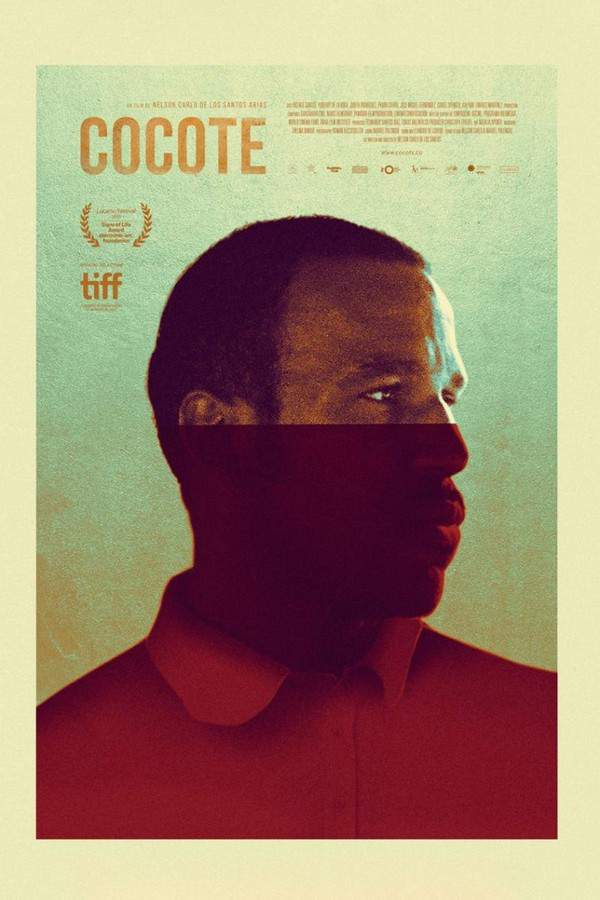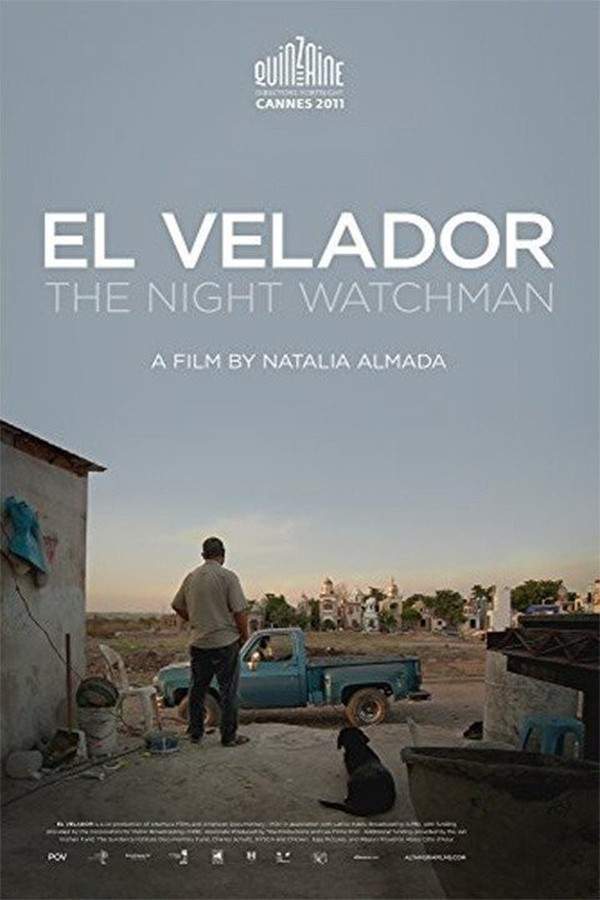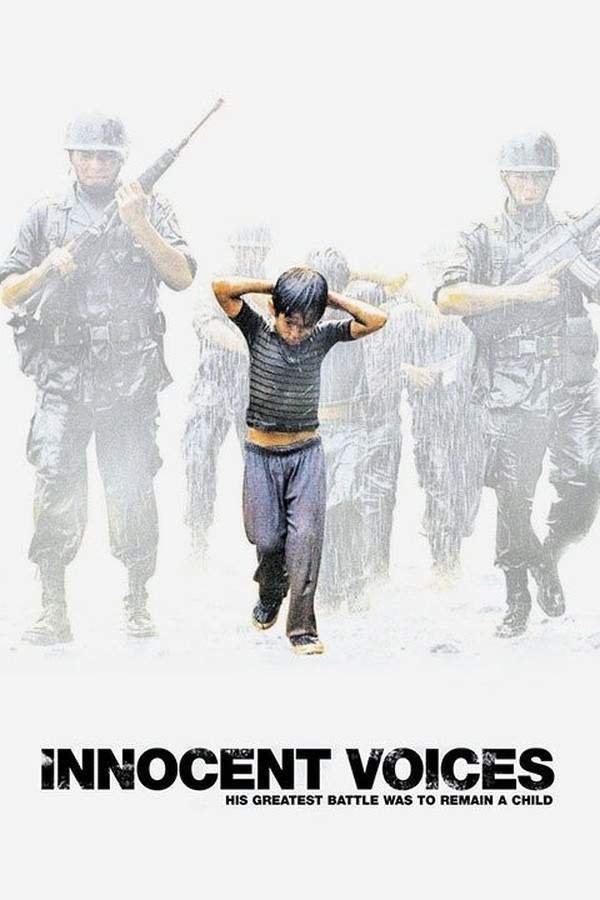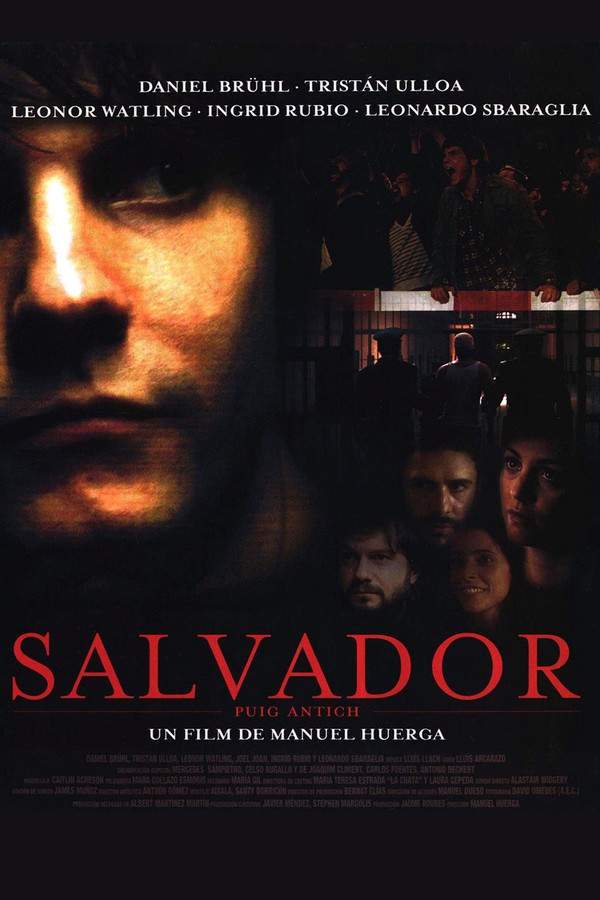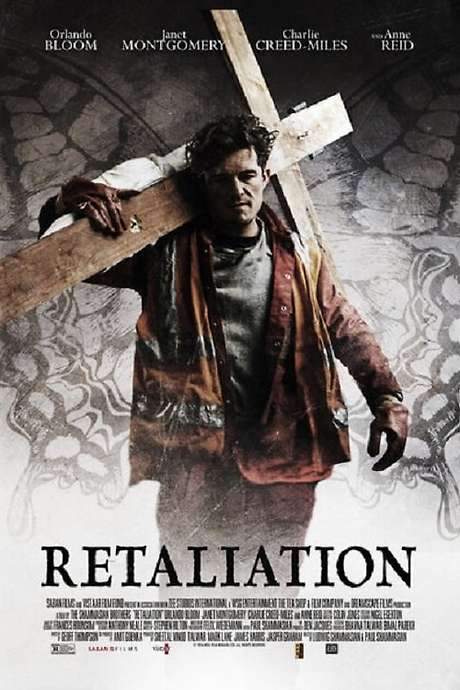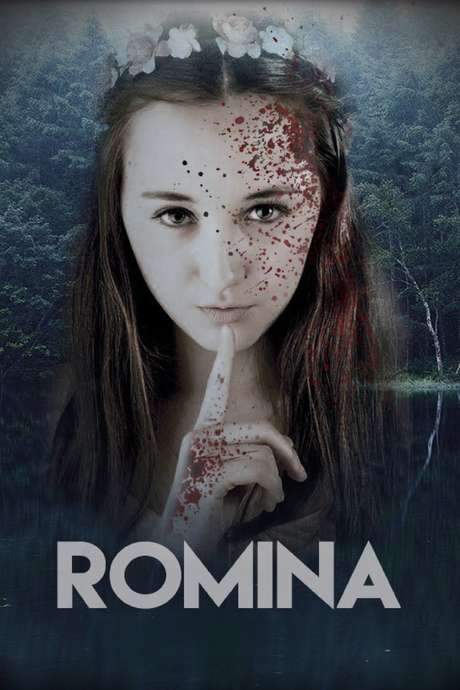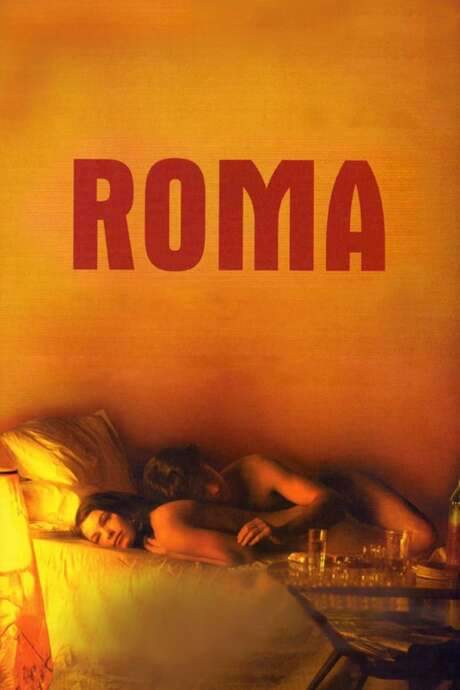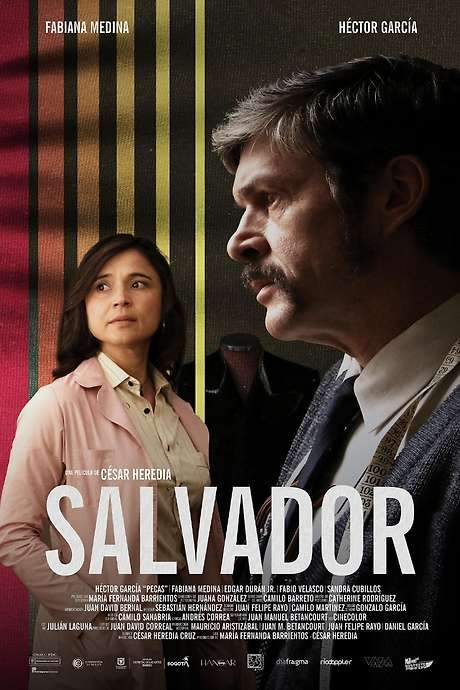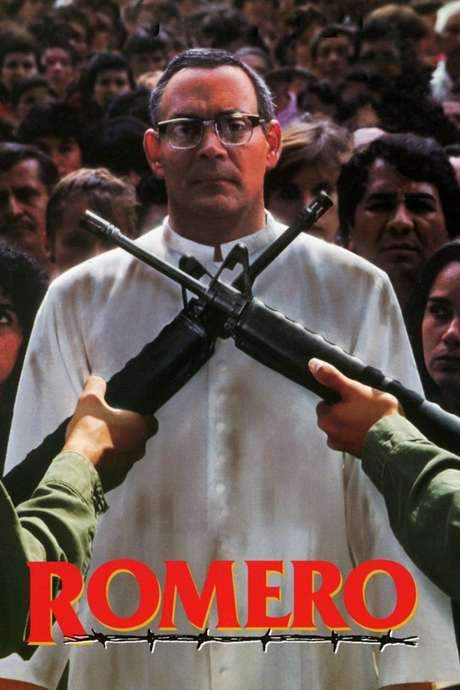
Romero
Year: 1989
Runtime: 105 mins
Language: English
Director: John Duigan
Defending El Salvador’s poor with only the truth as his weapon, Romero follows Archbishop Oscar Romero’s journey from a quiet, apolitical priest to a courageous leader who sacrificed his life opposing social injustice and oppression. The film poignantly chronicles his transformation and unwavering stand for the Salvadoran people.
Warning: spoilers below!
Haven’t seen Romero yet? This summary contains major spoilers. Bookmark the page, watch the movie, and come back for the full breakdown. If you're ready, scroll on and relive the story!
Romero (1989) – Full Plot Summary & Ending Explained
Read the complete plot breakdown of Romero (1989), including all key story events, major twists, and the ending explained in detail. Discover what really happened—and what it all means.
Against the backdrop of El Salvador’s 1977 presidential election, the country is shown as a tinderbox of public unrest and fear of a fraudulent outcome. A brutal Marxist-Leninist guerrilla movement, led by the Farabundo Martí National Liberation Front, presses a insurgent campaign while an anti-communist military dictatorship answers with deadly force. Death squads abduct, torture, and disappear anyone who speaks out or dares to challenge the regime. Voters are blocked from reaching polling places; buses are halted, and when people decide to walk, soldiers open fire on the vans, leaving the return journey perilously cut off and the atmosphere saturated with dread.
In this volatile climate, the Vatican elevates Archbishop Oscar Romero to lead the archdiocese of San Salvador, hoping his spiritual guidance will steer the church away from political entanglements. Initially, Romero aims to steer a careful, pastoral course and keeps a relatively apolitical profile, even as the government’s hostility edges closer to the surface. The weight of oppression becomes something he can no longer ignore as he witnesses growing deceit and systemic murder that touch everyday life.
The turning point arrives with the shocking assassination of Father Rutilio Grande, a Jesuit priest who openly advocates for the poor and stands beside the vulnerable. This loss jolts Romero into a more public awareness and a moral awakening; it becomes clear to him that the violence is not abstract but personal, and it compels him to speak out against the regime’s abuses. The response from the state is swift and brutal, with death squads intensifying their focus on priests and other religious leaders who serve as voices for the oppressed.
Romero’s path becomes a test of courage as he navigates the pressures from both sides of the conflict. After a botched attempt to rescue a pro-government hostage held by guerrillas, he discovers that Father Osuna has been captured and tortured. Though he secures Osuna’s release, the ordeal hardens Romero’s resolve to stand with those who suffer most. He begins to mobilize broad opposition, including a boycott of the president-elect’s inauguration, and defies the regime by delivering Mass in a church that the military has occupied as a barracks, turning a place of worship into a bold symbol of resistance.
Even as Romero rejects the violent methods employed by the guerrillas, his stance remains a thorn in the side of the authorities. His efforts to broker dialogue and protect lives continue, yet his nonviolent approach cannot shield him from retaliation. He is eventually arrested in the process of pursuing possible negotiations for a prisoner’s fate, and tragically, Father Osuna is tortured to death in custody, despite Romero’s protests and appeals.
The arc of Romero’s life culminates in a brutal, almost sacramental moment: he is assassinated while saying Mass, specifically as he consecrates the Eucharist. The film closes with a stark epilogue that places Romero’s death within a longer history, noting that by 1992, when the Salvadoran Civil War concluded, the toll had risen to over 75,000 lives lost.
Throughout the film, the conflict is rendered with a calm, human focus, centering on the moral choices of clergy, the fear threaded through daily life, and the ways in which religious faith and peaceful advocacy confront the hard edges of political power. The story remains anchored in the personal losses, the moments of quiet defiance, and the enduring impact of Romero’s transformation from a cautious pastor to a figure who spoke truth to power, even at the ultimate cost.
Last Updated: October 09, 2025 at 14:18
Unlock the Full Story of Romero
Don't stop at just watching — explore Romero in full detail. From the complete plot summary and scene-by-scene timeline to character breakdowns, thematic analysis, and a deep dive into the ending — every page helps you truly understand what Romero is all about. Plus, discover what's next after the movie.
Romero Timeline
Track the full timeline of Romero with every major event arranged chronologically. Perfect for decoding non-linear storytelling, flashbacks, or parallel narratives with a clear scene-by-scene breakdown.

Similar Movies to Romero
Discover movies like Romero that share similar genres, themes, and storytelling elements. Whether you’re drawn to the atmosphere, character arcs, or plot structure, these curated recommendations will help you explore more films you’ll love.
Explore More About Movie Romero
Romero (1989) Scene-by-Scene Movie Timeline
Romero (1989) Movie Characters, Themes & Settings
Romero (1989) Spoiler-Free Summary & Key Flow
Movies Like Romero – Similar Titles You’ll Enjoy
Cocote (2018) Full Movie Breakdown
Roma (2018) Plot Summary & Ending Explained
El Velador (2012) Full Summary & Key Details
Innocent Voices (2005) Story Summary & Characters
Salvador (1986) Movie Recap & Themes
Romans (2017) Full Summary & Key Details
Romina (2018) Complete Plot Breakdown
Killing the Dead (2019) Full Movie Breakdown
Roma (2004) Detailed Story Recap
El Salvador: The People Will Win (1980) Complete Plot Breakdown
Bloody Flesh (1983) Full Summary & Key Details
Salvador (2021) Complete Plot Breakdown
Romero (1989) Full Movie Breakdown
The Holy War (1979) Complete Plot Breakdown
Rosario (1971) Plot Summary & Ending Explained



